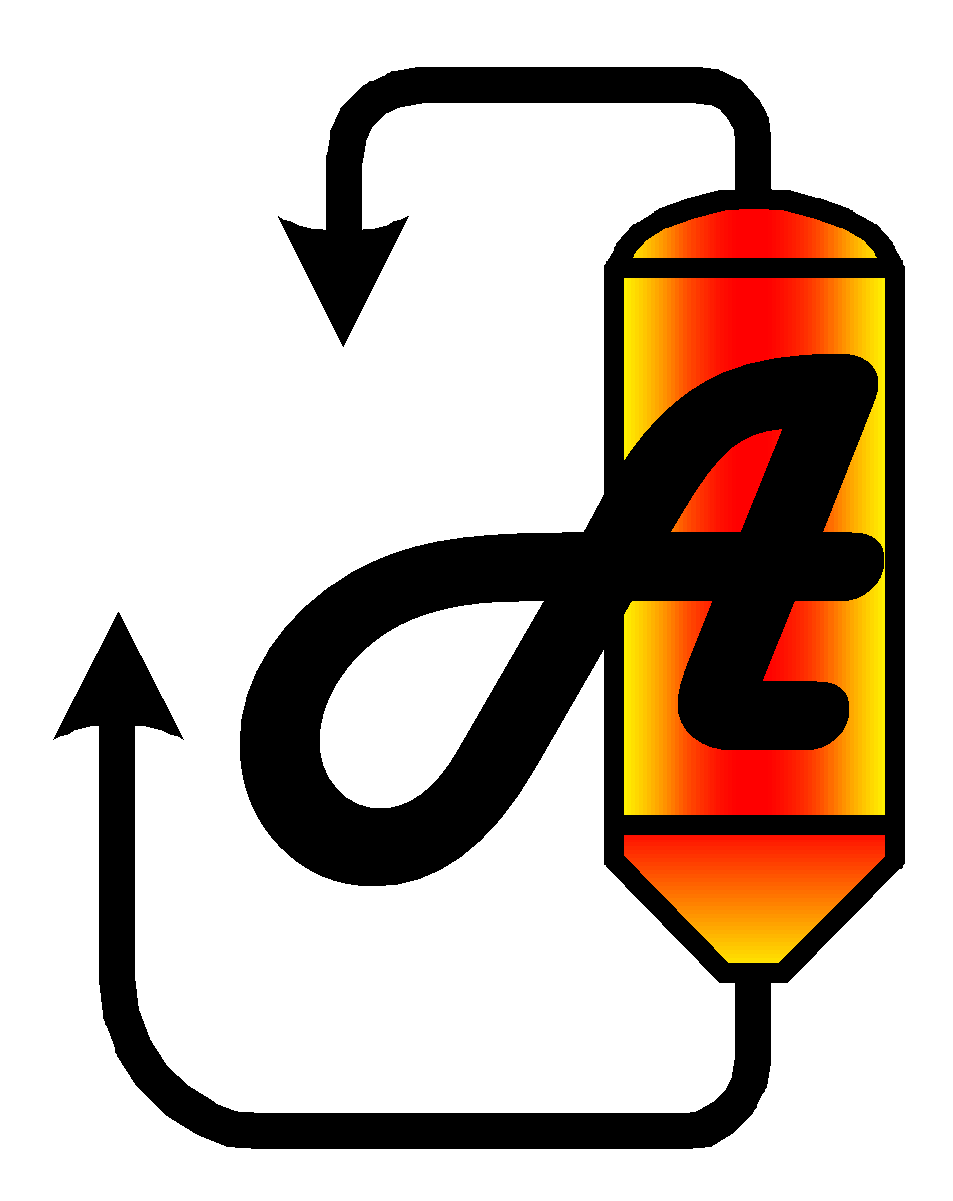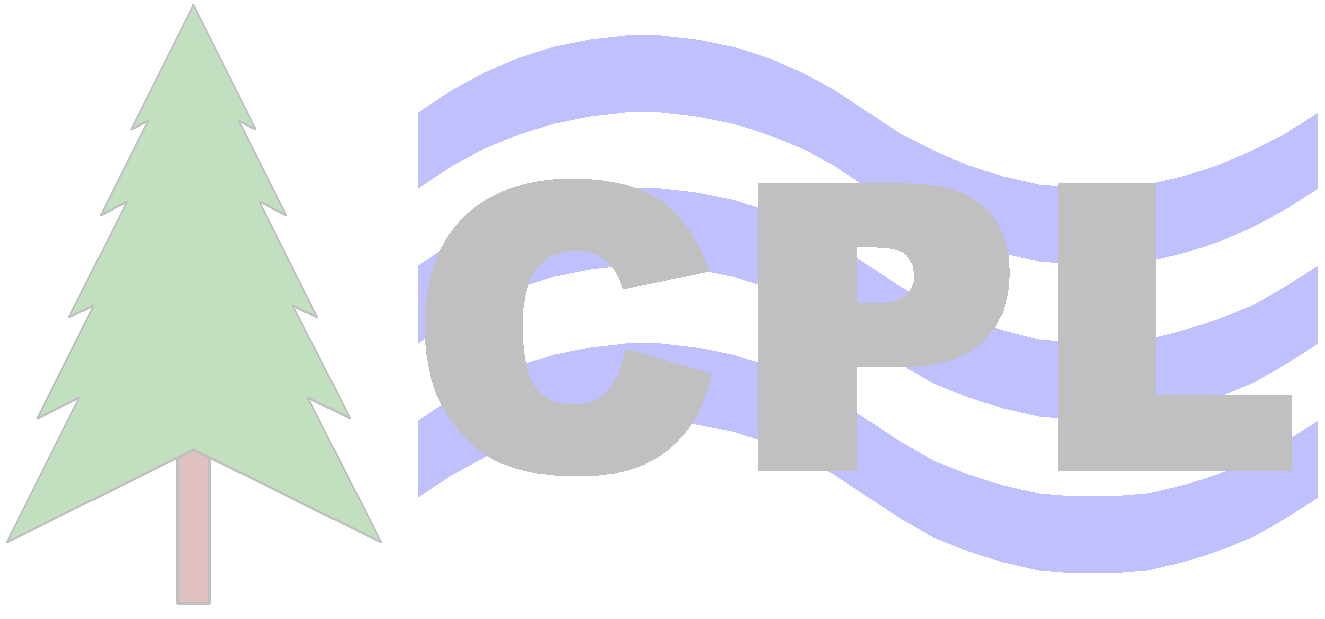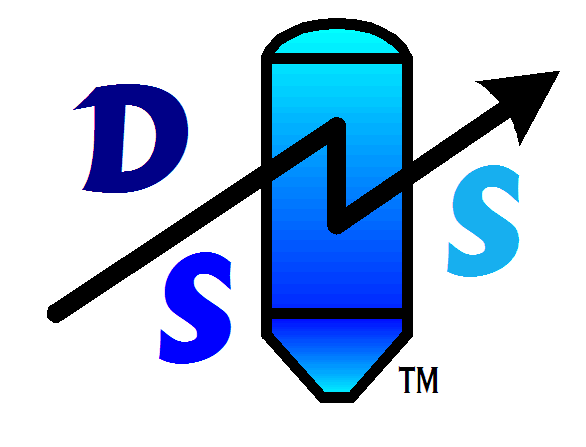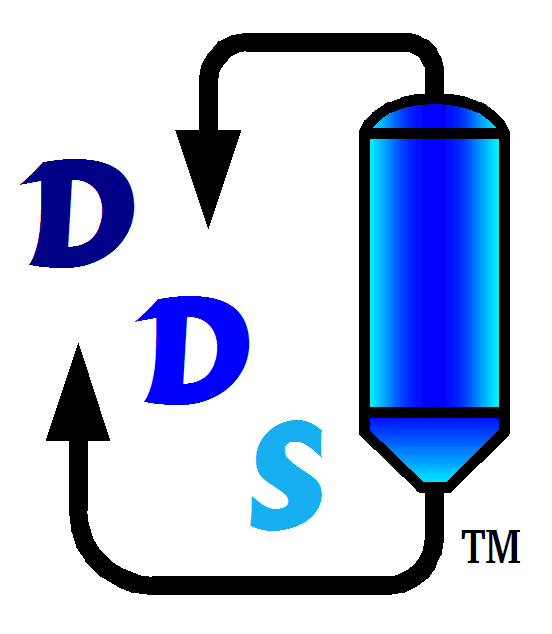|
The following
information will help you to understand the concept of displacement cooking
systems.
Displacement Digester Technology Concepts
- What
is Conventional Batch Digesting ?
Conventional batch reactors are operated in a start/stop batch
scenario. That is, the reactants are put into the reactor vessel and allowed
to react to produce a product, which is then expelled to complete a cycle.
This operation
is
repeated ad infinitum to produce a product on a somewhat continuous basis.
With reference to the pulp industry and in general, the reactor is the digester,
the reactants are fiber bearing chips and white liquor, the product is
the liberated fiber and the reaction by-products are the black liquors. The fiber is
removed from the digester along with the black liquor. This mixture
(referred to as stock)
contains residual heat and unused chemicals
which are not collected for
further reuse.
Basic
Concept of Displacement Digesters
Despite the various trade names and different supply
companies, the basic concepts of displacement batch technology are standard for
all commercial offerings. That is, furnish (wood, bamboo or other
cellulosic bearing chips) is fed into the batch reactor (digester), the
furnish stays in the digester while liquors from the tank farm are pumped
through the bed of furnish (which eventually becomes fiber) and are reused by
storing the exiting liquors in the tank farm, and lastly the product fiber is
discharged to prepare the reactor for the next batch or 'cook'. The stored
liquors in the tank farm have different characteristics of temperatures and
Kraft
cooking chemicals. The liquors are used to heat or cool the furnish,
liberating and/or liberated fiber while exposing
them to different concentrations of chemicals during the distinct steps
of the
cooking cycle. CabTec's DDS (pat. pend.) uses the same displacement technology, but has
incorporated modifications that were discovered by CabTec International llc and
others to create a more flexible displacement batch cooking system.
- What is the Tank Farm ?
The
tank farm is a number of vessels used to store liquor
with the main function being to service the digesters which are making product.
The tank farm has pressurized vessels to maintain the stored liquor temperatures above
flash point as well as atmospheric tanks. The amount of liquors diverted
into each vessel from the digesters are based on temperatures and mass balances.
Unused liquors are released from the storage vessels while transferring any
excess heat into incoming liquors or to cool water to generate hot water. There are many different
tank farm configurations depending on the chemical and heat demand determined
from the
furnish type and quality, as well as the desired finished product type and quality.
-
Is the Product Produced Continuously (Batch vs.
Continuous) ?
The advent of the electronic control system in the 1980's, the DCS, has enabled batch reactors to produce product
on a continuous basis inherent in plug flow continuous reactors, commonly referred to as
a 'continuous digester' in the pulp and paper industry.
-
Displacement Digester
System, DDS (patent pending)
The differences in the present day
batch and continuous cooking systems are determined by their ability to meet product quality, energy
usage, downstream chemical demand and the flexibility in 'swinging' the furnish
and/or product characteristics, such as hardwood to softwood and fiber strength,
respectively. CabTec International believes that their system, DDS, offers
the best combination of the these noted considerations.
| |
|
 Chemical and Pulping Ltd
Chemical and Pulping Ltd



![]()